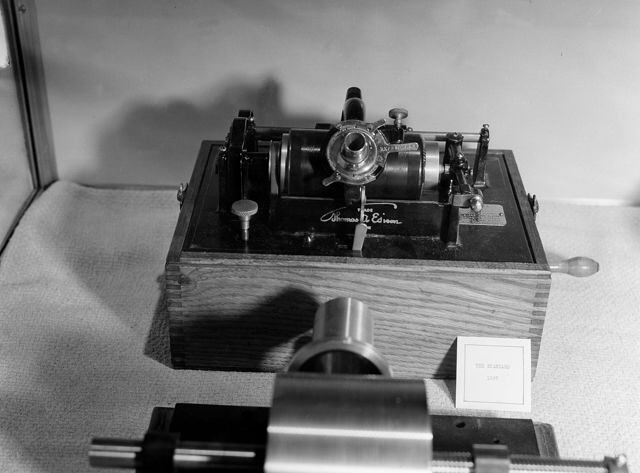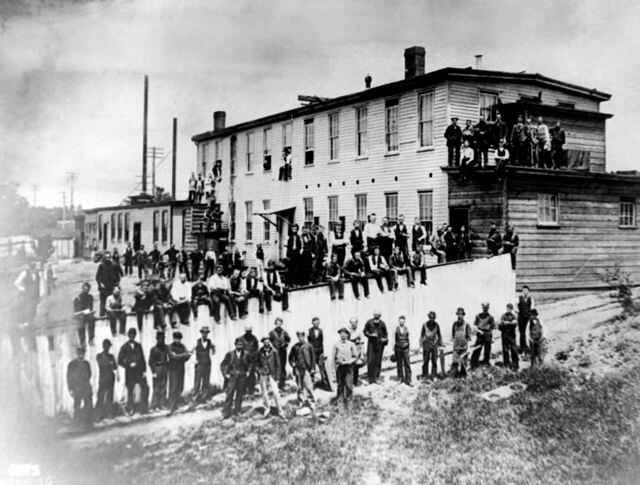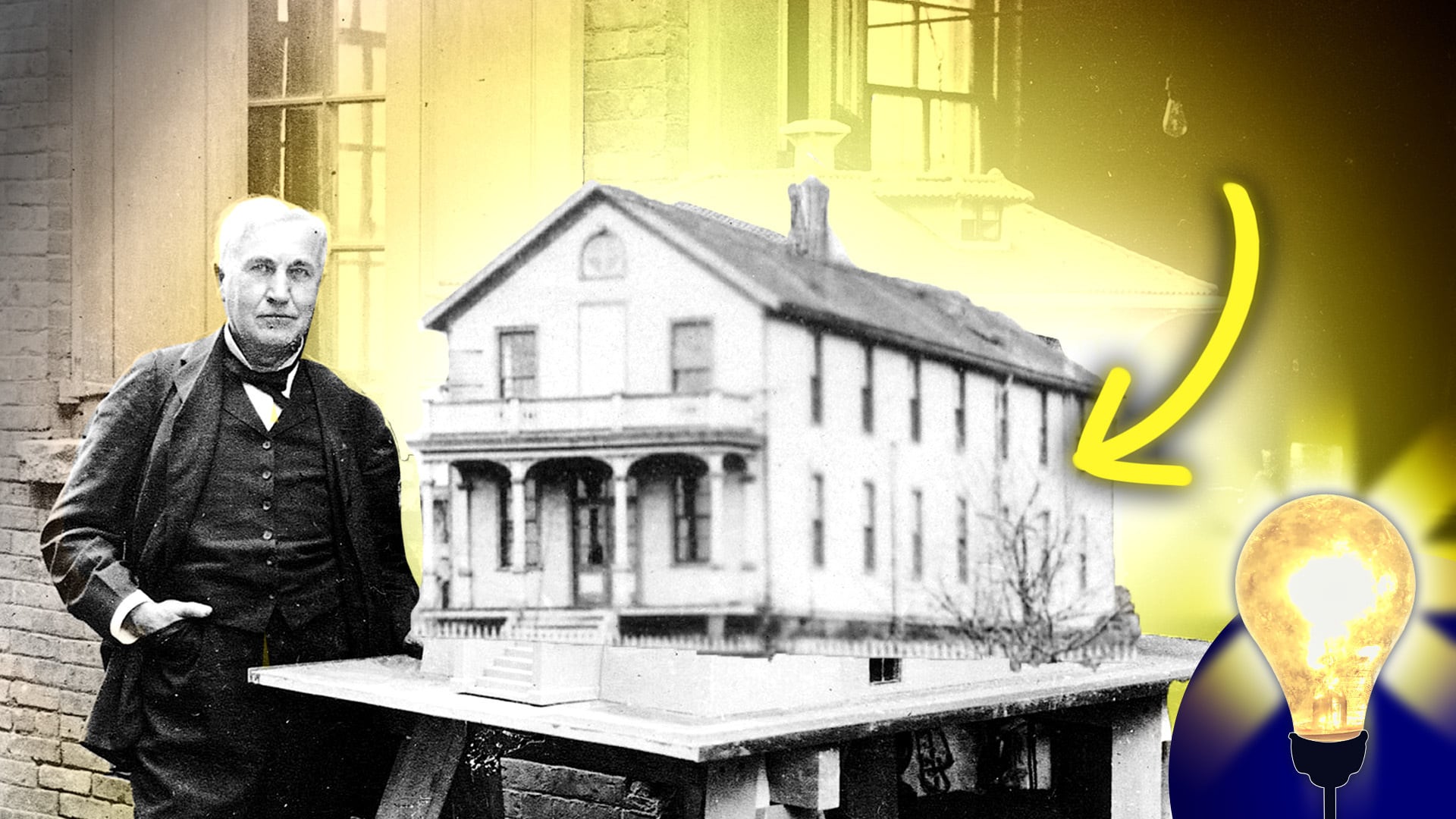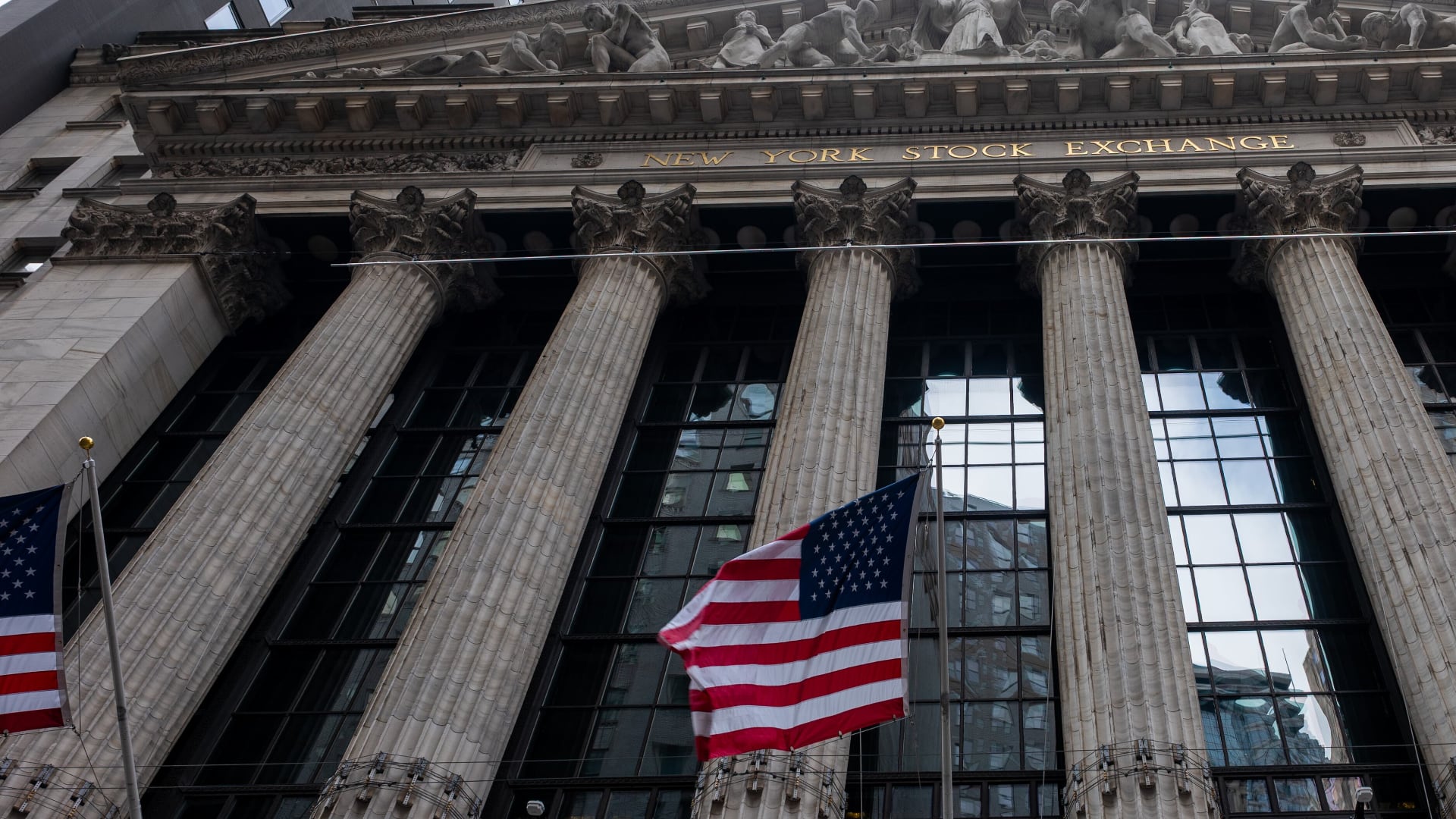When you think of famed inventor Thomas Edison, you probably think of the lightbulb, and while the introduction of Edison’s lightbulb changed lives forever, it might not have been his most important achievement when it came to revolutionizing industries and everyday life.
What we are coming to realize is the vast importance of Edison’s invention factory in Menlo Park, New Jersey.
But taking a step back, and perhaps bursting a few bubbles, Edison was not the first to play with the idea of light encased in a bulb, although his version was the most successful and efficient. The concept dates back to 1802 when a British chemist named Humphrey Davy constructed his electric arc lamp.
Davy was able to harness electricity through a battery he built and was able to sustain light in a bulb, but the design was flawed. The light didn’t last nearly long enough, and because it was developed as a safety light for miners working in tunnels, the light was too bright for everyday use. Over the next several years, inventors tried to perfect the idea by using various materials that wouldn't catch fire, could sustain light longer than a few hours, and was cost effective to produce.
The Secret Sauce… Bamboo

It wasn’t until 1879 when Edison discovered that a carbonized bamboo filament provided hours of light and was not a threat to safety or the pocketbook. However, he lost a copyright infringement lawsuit filed against him by inventor Joseph Swan who had created a similar design — with different, less effective materials — a decade earlier.
“People have been experimenting for 40 years on incandescent lights. There were all sorts of patents. The problem was keeping them lit and having a distribution system that didn’t cost too much money,” Paul Israel, director and general editor Thomas A. Edison Papers Project at Rutgers University, told Cheddar.
Despite finding success with bamboo, there was still the issue of producing the lightbulbs en masse and creating a central hub that could carry electricity to homes and businesses to light the bulbs.
After successfully lighting up part of Manhattan with the opening of the Pearl Street Station central power plant in 1882, which would later go on to provide electricity and steam power, Edison was beginning to enter peak fame. But his hold on the imagination of the media and other inventors alike began a few years earlier when he opened his Menlo Park factory near New York City.
The factory's doors opened in 1876 and allowed him a space to work closely with a crew of scientists and engineers who could bring his designs to life. Prior to his Menlo Park move, Edison worked out of a location in Newark, N.J., which he had described as too distracting for the business of inventing.
Research and Development
In Menlo Park, Edison and company produced a number of inventions that would revolutionize the world, the phonograph becoming his next major hit. It was the first time audio could be recorded and played back. Edison’s first words into the machine were, “Mary had a little lamb,” and it was a huge draw for the nearby New York City media.

This is "The Standard" Edison phonograph, invented by Thomas Edison and made in 1897, seen at an exhibit on display at the Museum of Science and Industry in Chicago, Feb. 11, 1942.
The tireless research and development taking place began gaining widespread coverage for "the Wizard of Menlo Park" and would eventually become a model for product development everywhere. Edison's team created small inventions every 10 days and larger, more complex inventions every six months. There was more than enough proof that the process was effective.
“There were people who would come to Menlo Park — other inventors, scientists, engineers, businessmen who travel to Menlo Park — because they were recognizing that Edison had something important here,” Israel said.

Impact Runs Deeper Than the Lightbulb
In the late 1800s, General Electric was formed out of Edison General Electric Company and Thomson-Houston Electric Company, combining their valuable patents. The nascent corporation then established its first research laboratory in 1900, a massive complex in Schenectady, New York. Today, GE is one of the world's major technology innovators after producing a slew of life-changing products over its lifetime such as X-rays, the first American jet engine, and the vacuum tubes that revolutionized electronics.
In 1920, AT&T, another inventive powerhouse of the time, also took a page from Edison's playbook and opened its first research lab. Over time, the company became known for many technological developments including lasers and transistors.
Conducting extensive research in laboratory spaces similar to Edison’s was becoming commonplace for the successful creation of products. The model would go on to be adopted by businesses, universities, and even government agencies. In fact, research and development is an integral part of the invention of every piece of tech we use today from the modern LED lightbulb in your house to the high-tech screen you’re reading this on.
Perhaps, history will begin to remember Edison not just for lighting up a room or a dark street, but for the time and dedication he and his team put in to ensure the very best products were introduced to society.
Video produced by Edward Vega and Andrew Davis. Article written by Lawrence Banton.
Curious for more? Tune in to Cheddar News.



